Cloud PBX or On Site PBX – SIP or PRI – Let Clarity Help you Decide!

Aside from Plain Old Telephone Service (POTS), which we will not waste time talking about, there are two primary types of business telephony solutions: Primary Rate Interface (PRI) and Session Initiation Protocol (SIP).
SIP is becoming increasingly popular as the standard in the enterprise as Internet-based solutions become more main stream. Some organizations still use a traditional PRI connection as traditionally the PRI is “rock solid.”
What’s the difference between the two systems? In many ways the two serve the same purpose, enabling simultaneous calls over a phone line. But there are major differences in the characteristics and features offered by each solution.
Session Initiation Protocol
SIP is a virtual connection to the public switched telephone network. It runs on top of a data connection already present in an organization and is used to signal and control multimedia communication sessions like VoIP calls and video conferencing. The most common use of this protocol in business is SIP trunking, which allows multiple streams of VoIP calls to be routed through a network simultaneously and delivered to a recipient as packets of voice data. The capacity of a SIP trunk is equal to the capacity of the service provider and bandwidth available between the customer and carrier.
Many businesses exclusively use SIP trunking, as it allows them to connect to digital Unified Communications (UC) options and offers a simple, cost-effective way to access communication channels. SIP connections are sold per call path, and only one SIP trunk is required to handle all of the simultaneous calls a user wants to make — as long as the bandwidth is sufficient. SIP trunks work with Direct Inward Dialing (DID) phone numbers and can use local or out-of-area numbers. This way if a business has offices in multiple states, all of the numbers can stay the same no matter the location. In the event of a service disruption, SIP DIDs can be rerouted to unaffected offices or contact centers, improving resiliency.
Primary Rate Interface
A PRI system works on a single physical line, most often a T1 connection in North America. These lines have a total of 23 voice channels which can all be used simultaneously. PRI also employs a circuit-switched model to make voice connections between endpoints. Because PRI is a physical phone line, a physical connection to the user’s telephony system is necessary and usually results in the installation of a costly PRI interface card or a PRI appliance.
PRI works with DID phone numbers as well. However, in this case, numbers must be purchased in blocks of 20 and must be local to the area in which service is terminated. Connections are sold per circuit, and the maximum amount of simultaneous connections per circuit is 23, meaning a business would have to install multiple lines in order to increase its calling capacity. Purchasing additional PRI lines requires additional hardware to connect them to existing telephony systems, which creates a lot of extra costs. This can be especially difficult for contact centers that need massive amounts of call capacity.
Choosing Which System Is Right for Your Business
As businesses continue to grow and expand on an international scale, many are experiencing cost and service benefits by implementing Voice-over-IP (VoIP) phone systems. Internet-based calling allows companies to dramatically reduce spending on communication solutions and improve call quality. To receive the benefits of VoIP telephony, organizations are increasingly adopting SIP trunking over traditional PRI solutions.
For more information on SIP and or PRI for your PBX call Clarity Technologies Group, LLC at 800-354-4160 today!
[mc4wp_form id=”314″]
